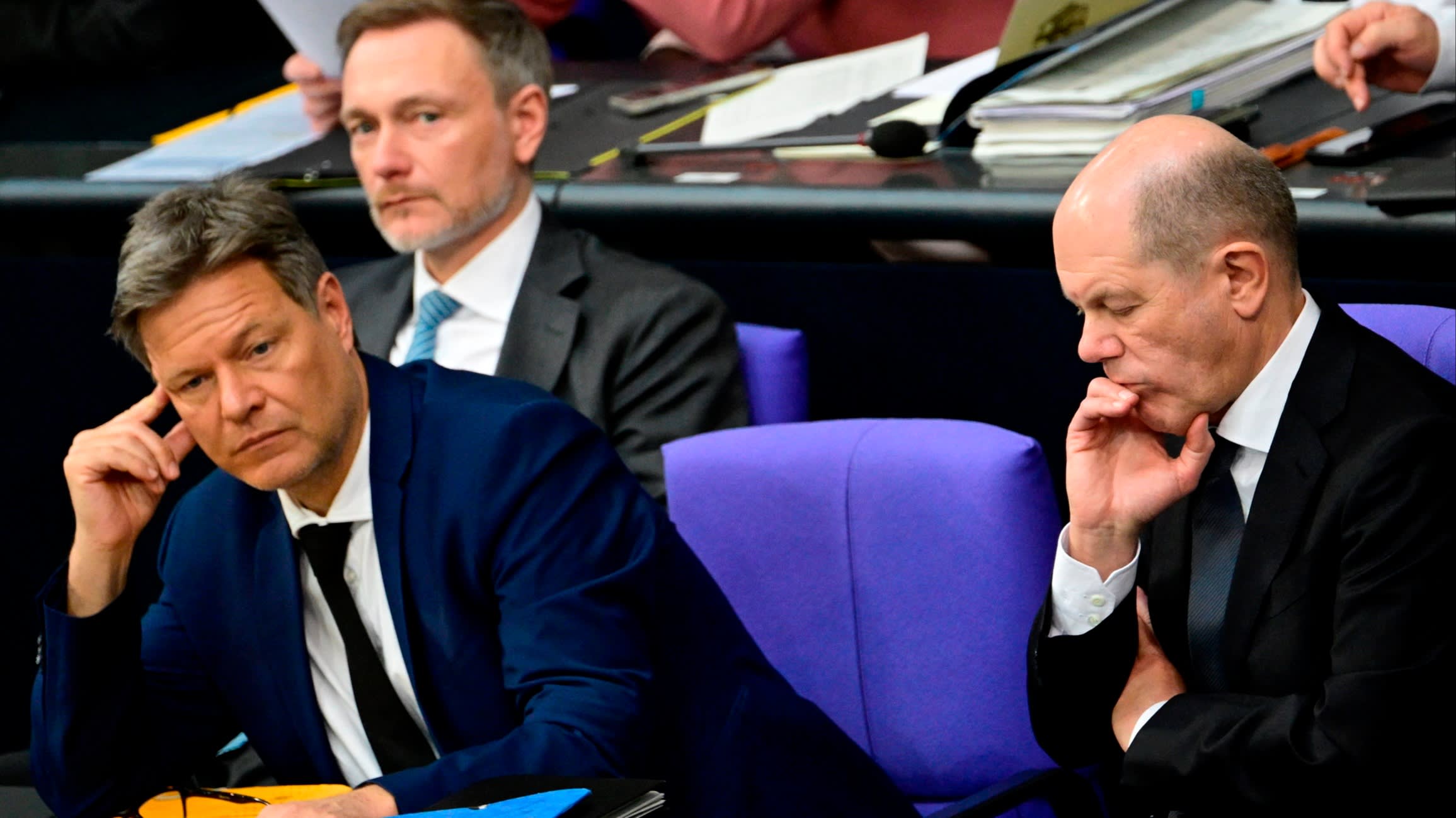The writer is a founder of Tehanu, the first interspecies money protocol, and a novelist
Is it possible to be a non-human — falcon, yellowwood, moth, gorilla — and participate in the economy, or is the spending of money forever reserved only for humans and algo-trading machines?
The COP16 UN biodiversity summit which finished last week in the Colombian city of Cali didn’t answer this question, but financiers will soon have to. The Cali meeting was the most significant for biodiversity since the missed opportunities of the 1992 Rio Earth Summit. There was much to admire: jaw-dropping science, indigenous communities with a seat at the table, and a slogan of “making peace with nature”. Nevertheless, the essential discussion was “show me the money” and the answer was “no”.
Hundreds of billions of dollars were sought by developing nations, but only millions pledged. Among developed nations there is no more appetite to write a blank cheque to nature than to write a blank cheque to history. Cali inched forward on a revenue share which would see pharmaceutical and cosmetic giants voluntarily pay into an as yet poorly-defined nature fund. There was also a consensus that economic incentives will have to be radically restructured so that nature is not implicitly valued at zero.
This evolutionary step must happen urgently, at planetary scale, with solutions not yet in existence. Unless nature becomes an asset worth looking after, the argument goes, biodiversity decline will drag on world GDP in the trillions of dollars a year. This is a best-case scenario: many scientists think that continued market failure on nature, in a time of global warming and state collapse, will imperil human survival.
Excitingly, the beginnings of a nature finance market are coming together. The UN says $300bn a year needs to be spent on nature-based solutions (NbS). This is a bargain: the continuance of ancient life for about the same as annual global wine sales. The catch is that, as Cali proves, the new money will have to come from the private sector, and the bankers and philanthropists who will be the first-movers will have to enter a complex, and illiquid market. They will also have to do this in a civilisation that has previously registered the value of non-human life only in terms of its processed body parts.
Moreover, money flows will have to make their way to the remotest bits of developing nations in the tropics where most biodiversity is located, and the track record on big ticket investments into biodiversity has been lacklustre. The sum total this decade has amounted only to low billions of dollars a year.
Still, there are many technological reasons to be bullish. Satellite mapping and cheap sensors are dividing the opportunity into investible chunks. This offers the possibility for a market in uplift, one flourishing hectare at a time. There is also new excellence in measurement. British firm NatureMetrics has raised $37mn with an emphasis on eDNA technology. Swiss-based Restor is giving hundreds of thousands of nature sites the granular data they need to earn an income from stewardship. The US crypto Regen Network is writing rules for blockchain nature governance. The German Landbanking Group is bundling technologies to track, certify and sell the work of land stewards. Data from the wild is messy and fractured; nevertheless, there is enough of it now to verify new financial instruments.
Pixelation can also be applied at the species level. Africa-based Tehanu, which I co-founded, is the first company to operationalise the transfer of value across the species divide — literally, interspecies money. We recently applied a digital identity to a family of mountain gorillas in the wild, spun up digital wallets for them, and successfully executed mobile money payments from the gorillas (or their computational proxies) to human agents according to the AI-inferred interests of the gorillas, such as for the removal of poachers’ snares.
AI is already achieving parity with human experts on determining what is good for species. As these models acquire more data and subtlety, they are likely to do a better job than humans in addressing money directly to and through nature. That, in turn, could drive a large gig economy in regeneration of species and nature objects (such as mountains, rivers, marshes, and reefs), in which digital platforms make micropayments to human agents in often poor local communities for verified micro-tasks. There are 1.75bn mobile money accounts in the world, none of them owned by a non-human. What if some of these other species could join the humans in the economy and pay directly?














































































































































































You must be logged in to post a comment Login